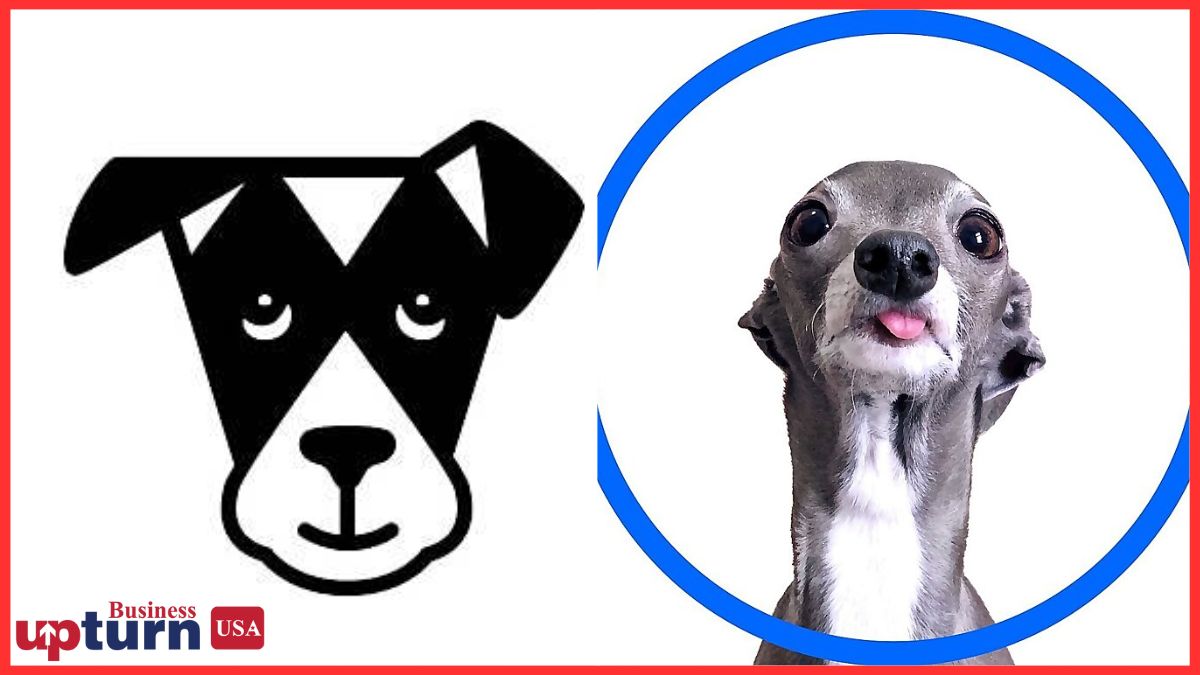
How The Dogist and Tika the Iggy Turn Pet Fame Into Profits
Elias Weiss Friedman launched The Dogist in New York City in 2013, inspired by the success of human street-style blogs.
Stay updated with the latest news and articles about Simon’s Cat.

Elias Weiss Friedman launched The Dogist in New York City in 2013, inspired by the success of human street-style blogs.

Beyond sponsorships, The Dogist has diversified through merchandise. Its online shop offers prints, apparel, and coffee table books like The Dogist: Photographic Encounters with 1,000 Dogs, which became a bestseller in the U.S. publishing market.

The Dogist also capitalises on book deals—his titles such as The Dogist: Photographic Encounters with 1,000 Dogs became bestsellers in the United States, reinforcing his credibility and expanding his revenue.

Second, The Dogist leveraged merchandise. The Dogist Shop offers apparel, prints, calendars, and coffee table books.

The Dogist has leveraged its U.S.-centric following to form sponsorship deals with premium pet brands, including dog food companies, leash manufacturers, and even lifestyle brands outside the pet space.

The Dogist income model thrives on curated visual storytelling and emotional resonance, while Loki pet influencer business strategy leans into aspirational outdoor adventure and premium brand deals.

Tuna the Dog, affectionately known as “Tuna Melts My Heart,” brings a different but equally compelling business model to the U.S. pet influencer scene.

The Dogist, founded by photographer Elias Weiss Friedman, has built a robust pet influencer business model USA primarily through visual storytelling.

The Dogist operates much like a U.S.-based lifestyle media brand. Its revenue streams are diverse and well-integrated.

This article dives deep into The Dogist vs Grumpy Cat business model for an engaging pet influencer income comparison in the USA, unpacking how each generated revenue, attracted brand deals, and built loyal audiences.
Showing 190 of 468 articles
